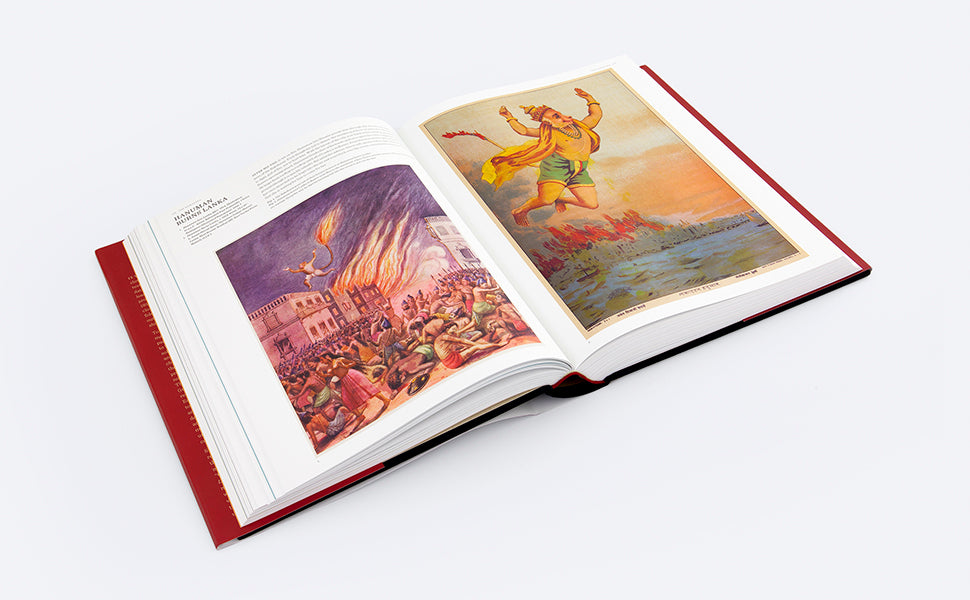Labels of Empire: Textile Trademarks, Windows Into India in the Time of the Raj, Susan Meller
selvedge
Couldn't load pickup availability
Labels of Empire: Textile Trademarks – Windows into India in the Time of the Raj unfolds as a lavish visual archive of nearly 1,300 fantastical “shipper’s tickets”—brightly chromolithographed textile labels designed in Manchester and affixed to bolts of cloth bound for India. Susan Meller’s book casts these collectibles not merely as commercial ephemera, but as miniature palimpsests of empire: each tiger, deity or epic scene acted as a silent ambassador, conveying brand narratives and cultural gloss to largely illiterate buyers . Beginning in the high‑imperial 1880s and concluding with Indian independence in 1947, the narrative weaves visual storytelling, popular culture and “magical realism” into a tapestry that reconnects trade history with design anthropology.
More than a catalogue raisonné, this is a cultural-historical meditation: Meller situates each label within industrial Britain’s mass‑production might—where Lancashire mills clothed up to 85 per cent of the global population—and within India’s visual imagination, where these vivid emblems became embedded in folk memory.
About the Author
Susan Meller, designer, collector and textile historian, has devoted more than five decades to building the Design Library—now one of the largest archives of historical European and American textile designs. Her field experience began in the mills of the American South and continued through scholarly publications such as Textile Designs, Russian Textiles and Silk and Cotton . With Labels of Empire, she combines visual exuberance with industry insight, presenting a stunning convergence of design heritage and global trade history.
Publication date: 2023
Publisher: ORO Editions / Goff Books
Pages: 554
ISBN: 978-1954081253
Share








